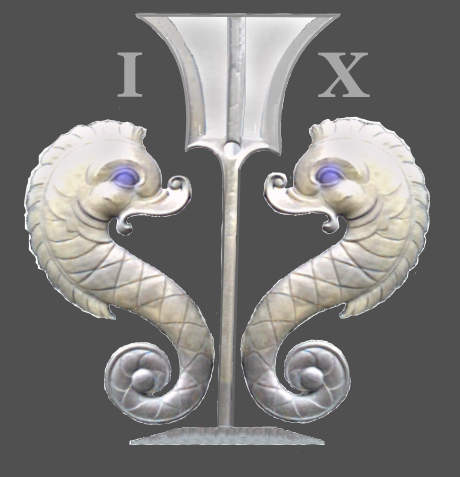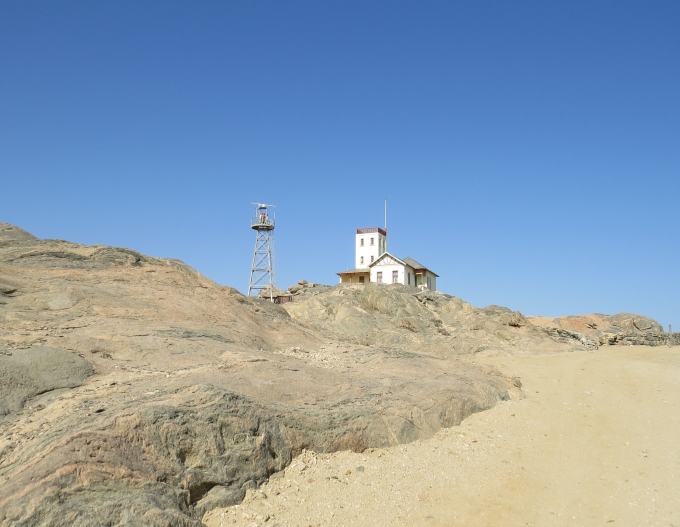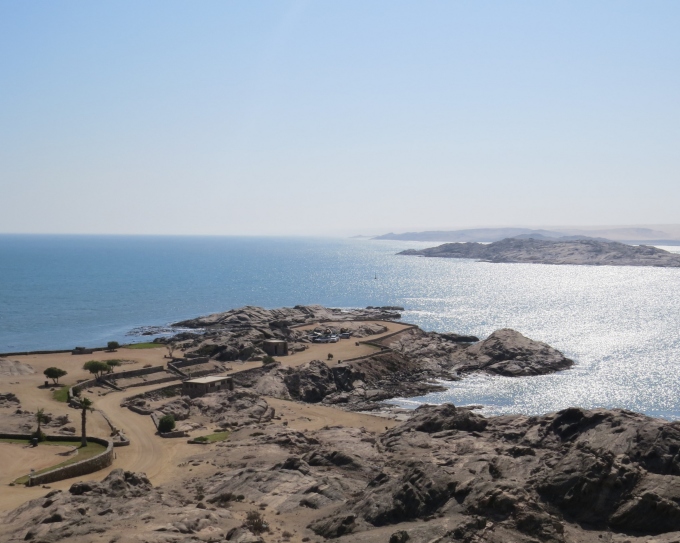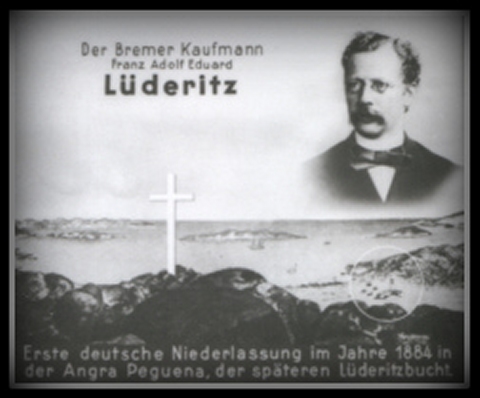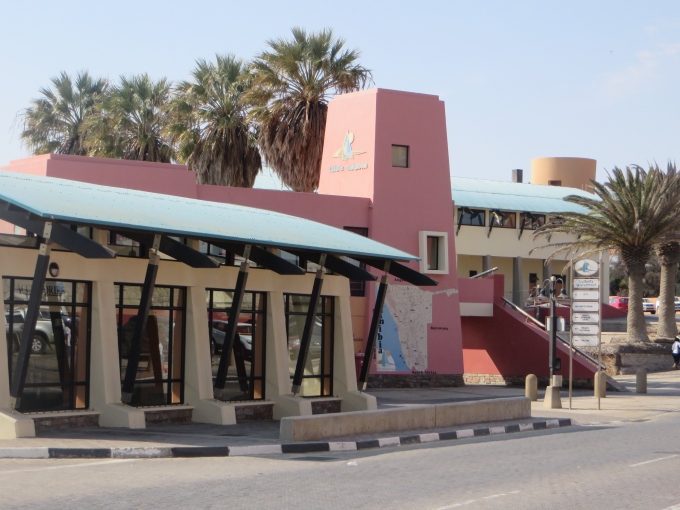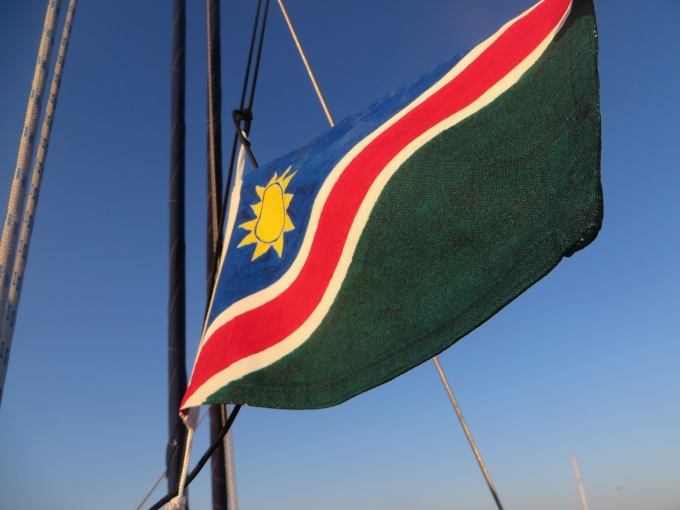A Walk to Shark Island
/Our first weekend here proved to us just how low-key a place Lüderitz can be. Everything closed around 2pm on Saturday … and that was it till Monday. A couple of shops were open on Sunday for a few hours, but even most of the restaurants were closed. I mean, why would a restaurant want to be open when everyone is off-work and hankering for a meal out? No matter to us. We were happy to take a little foray out to the tip of the small peninsula called Shark Island. A peninsula called Shark Island? Evidently, it was formerly an island and became a peninsula in 1906 when the locals created a connection to the shore.

Shark Island is only a couple of miles walk along the coast from the waterfront and there's lots to see along the way. Initially, the road leads past a row of old warehouse and maritime services buildings catering to the fishing industry. Opposite, the NamPort harbor and containers take up all the real estate.
A few hundred meters further, fashionable, up-scale houses take over with gorgeous views overlooking the other side of the bay. There's an old lighthouse built high on a granite outcropping that has been converted into a small guesthouse.
We climbed up to the lighthouse looking for views and saw that the door was open. We peeked in and were invited for a look-around and a climb to the top, via traditional circular stairs and a trapdoor at the top that opened onto a viewing platform, offering outstanding 360º views.
The paved road turned to dirt and gravel as we entered a public campground area. It's a dry, barren, rocky area with no shade or respite from the sun, but surrounded on three sides by the sea. We saw a small park and noted several memorial plaques including one to Cornelius Fredericks. Engraved below his name and dates was “with 167 men, 97 women, 66 children”. We thought at first it was a shipwreck or a sea rescue, but learned later that Fredericks was a Nama rebel leader who, along with hundreds of Nama and Herrero, was incarcerated by the German colonials in a concentration camp here on Shark Island. Nearly all the prisoners died due to disease, deprivation and brutal treatment and it is referred to as the genocide of 1904-1908. Man's inhumanity to man shows its ugly face once again. Read more details about the Shark Island concentration camp here if you're interested. It's a sad affair.
We sat in the bright sunlight on a seawall and split an orange while surveying the water below us. Huge limpets clung to the rocky outcrops.
Oystercatchers and kelp gulls scoured the rocks for snacks and a lone greater flamingo shuffled his feet and swung his big beak from side to side in search of lunch.
We walked back along the same road and, as always, there were different views to take in on the way back. Succulent wildflowers (weeds?) poked up between the rocks. We could see the ruins of old buildings behind the warehouse row.
The view of the town built up along the craggy, granite hills was spectacular.
Surprisingly, not many people were out and about on a beautiful, warm late afternoon. We had the streets to ourselves as we wandered back to the waterfront. We reclaimed the dinghy and headed back to Nine of Cups to appreciate the remains of a sunny day with a sundowner in the cockpit.
